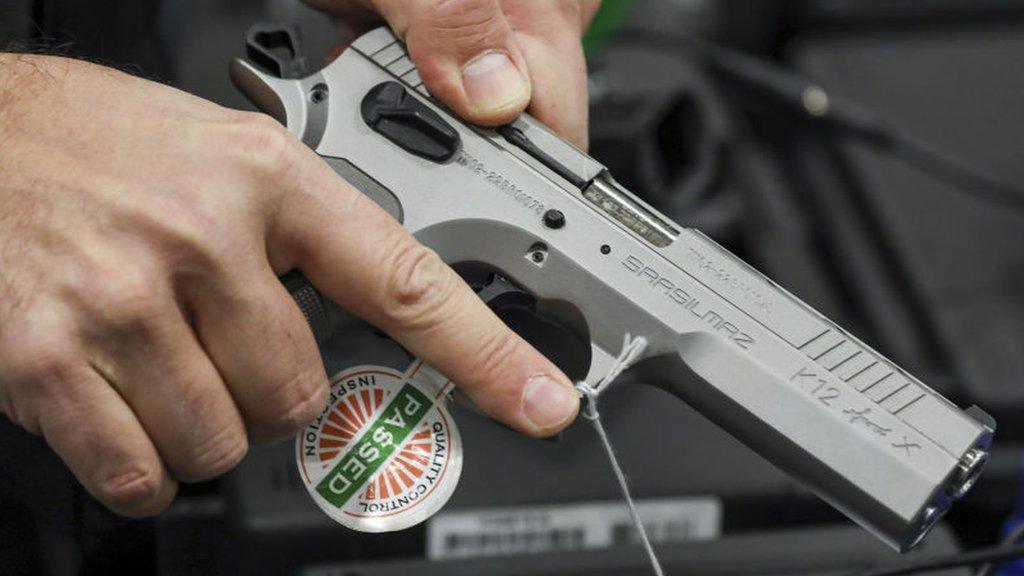Crossing Divides: Stopping violence like it was a virus
- Published
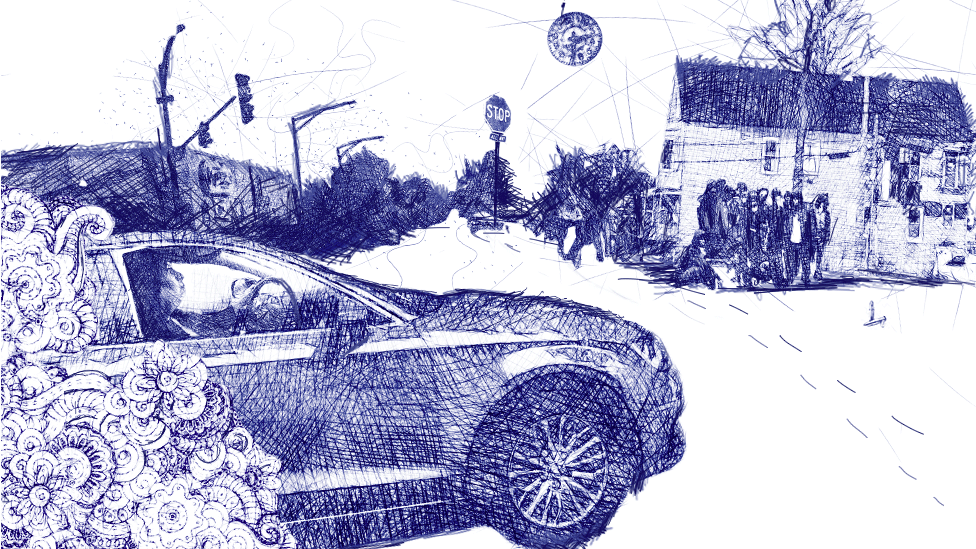
Armed only with food cooked by grieving mothers, Guadalupe Cruz enters the battle to prevent young people from dying on Chicago's streets.
She's driving to the funeral of Jose de Jesus Aguilar, 14 - the third she's attended in six weeks. Jose entered a rival gang's territory in a stolen car with a friend. He was shot dead.
"I will pick up the chicken and bread on the way," says Guadalupe, better known as Lupe, braving the afternoon traffic.
She needs to be at the funeral to try to persuade Jose's friends not to retaliate against the gang they believe shot him. She works for Cure Violence, a public health programme , externalcreated in Chicago in 2000 to stop the spread of violence at source, the way you would treat a disease epidemic.
Funerals are key moments for this. And food, traditionally served after Mexican burials, is essential, Lupe explains. She wants to prevent Jose's friends using eating as an excuse to go out on the street after paying their respects.
Lupe is picking up food from her network of mothers who have cooked chicken, rice, salad and pastries. They began helping her after losing children to gang violence, and each greets the youth worker with a hug.
Frances is accompanying her and helps load the trays into the car. Her 17-year-old son was killed some years ago, she says.
"When we talk about our children that are not here, duele - it hurts." The Spanish word is the only one she says in her second language throughout the conversation, and it drips with her pain.
They call at the home of another mother, Amy, who's cooked pasta. She also lost her son Gregory, 18, to violence.

"Closing that casket and never seeing his face again, not seeing him grow old, to see me grow old, or see him with his kids, that's the most painful thing in the world," she says.
Too grief-stricken to get out of bed, Amy relied on Lupe to arrange the funeral. Now she will do "whatever" Lupe asks.
"She doesn't see rivals or gang members, she sees everybody as a community, as people. That's how we are supposed to be," says Amy.
Jose's mother died when he was young and his father wasn't around. His death gets only a brief mention in the media, in a city where there were 650 killings in the last year - more than bigger cities like New York or Los Angeles.
Lupe spends most of the day driving - hands-free set ensuring she doesn't miss a call - and fixing the final details of the funeral, far from the neighbourhoods of the two rival gangs. She talks to mothers and young people, flowing with ease between Spanish, English, formal and street.

On arrival at the funeral home, Lupe and Frances carefully arrange the trays of food on a long table. Jose's friends trickle in, wearing hoodies bearing his photograph and the dates of his birth and death - so poignantly close. Some have brought their children. They huddle around the casket. They cry together and console each other. They play music for Jose. Lupe sits to talk.
"I tell them that what they're going through - going to the funeral of their 14-year-old friend - isn't normal. Because it's all been accepted and normalised. They have to carry themselves as if they were grown-ups, but they're still kids."
Lupe understands their sorrow. She grew up and works in the Little Village, La Villita, a predominantly Mexican West Side neighbourhood. She never knew her father, and her mother died when she was a child.
Spilling emotions
As more young people arrive, her demeanour changes and the tension builds. "Today is important as we could lose another life. When they get out of here, they will be carrying a lot of pain. Some of them are armed."
After the funeral, amid talk of retaliation, Lupe grabs the older, influential ones - los que los jalan (the ones who pull, lead them). She takes them for pizza, letting them spill out their emotions, and asks community leaders in both areas to take other young people away from hot spots where they usually hang out at night.
The funeral is by no means the trickiest situation she has had to defuse. She tells of the time she had to go to a hospital to calm more than 50 young people who were outside. "I talked to the hospital staff to see if I could get just one person in to find out if their friend was okay. These calls always happen at 3am."
This is typical of Cure Violence's methods. Epidemiologist Gary Slutkin, who for years battled Aids and tuberculosis in Africa, founded the organisation after concluding that violence mimics the path of these infectious diseases. The work includes detecting conflicts and cooling people down, identifying the highest risk and changing their behaviour, and changing the norms and expectations.
"Someone who's doing violence, whether they are a mass shooter or someone in a neighbourhood, has picked up that by contagion, by seeing others doing it," he argues, saying young people and gang members are "miscategorised" as bad people. "Frankly, it's medieval - it's the way we used to look at people who had leprosy or the plague."

Lupe agrees: "People have already put this tag on them. They're not bad people, they have a story, just like we all do. You take them out of the community and they love to go eat ice cream, they don't take advantage of you. It's the time that you give them that is important for them. We can sit for three hours and have a milkshake that will melt to water."
She knows better than to try to build bridges between gangs with long histories. Some of Chicago's biggest gangs were formed in the 1960s and 1970s and membership is inherited. Their territories - packed with foreclosed homes and boarded-up shops - are divided by long avenues, junctions and bridges.
Instead, she creates links between young people who don't trust the adults they feel have failed them throughout their lives, and the adults who only read about youths in scattered press reports, or see them hanging out on corners.
"We organise activities like late night barbecues, daytime cookouts, peace festivals, vigils and marches, and other people see them cleaning, serving food, they start getting to know them. Many times they haven't even spoken to them. And they tell me 'wow, this kid's smart'," says Lupe.

Anna and Luis, a young couple with two kids, only secured their apartment after Lupe persuaded the landlord to give them a chance.
"A lot of people don't believe in us 'cause we're young", says Anna. "We have to show them different."
They struggle to stay on the "right path", Luis admits.
"It's real hard not going back to the things that I used to do 'cause I'm in the neighbourhood. I have bad times but Lupe always tells us just keep positive, doing what we're doing."
Lupe calls them daily, alerting them to stay inside whenever she hears of trouble. Luis tries to stay away from gang violence.
For Luis, the key to leaving the streets was getting advice from Lupe, whom he trusted: "You need someone who has gone through it and that's gonna go click in your mind."

Raul Gonzales, another member of the Cure Violence team, understands how youths feel. He belonged to one of the biggest gangs in the city and spent time in prison.
"[Violence is] all they know; that's how they grew. In this environment, if somebody jumps on you, you will go back and jump on them."
He takes them to a boxing club to get them off the street. If they will not listen, he thinks laterally.
"I try to talk to somebody else that I know they might listen to. Could be for example his uncle, who used to run with the group... But it's gotta be somebody credible."
"Our programme ain't gonna stop all the conflict, but we stop a lot of problems. We do the job the police can't do, not because they don't want to do it, but because [the youths] don't want no policeman to talk to them."
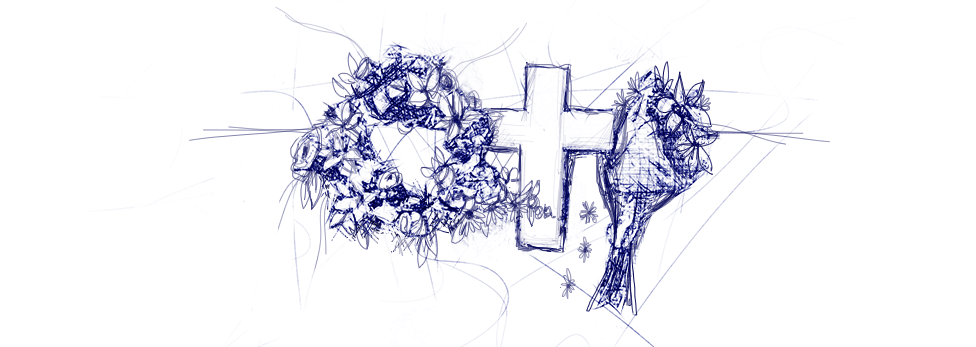
It's hard to assess the impact of any programme in violence against a general backdrop of falling crime rates across the US. However, independent evaluations of the Cure Violence approach point to significant crime reductions in the communities it serves, when compared with similar areas without such programmes.
In 2009, Chicago's Northwestern University research suggested an overall reduction, external of between 41% and 73% across seven communities served by a combination of Cure Violence and other community efforts. It also said "retaliation homicides" were eradicated in five of the eight communities studied.
A 2015 John Jay College of Criminal Justice study, external found New York neighbourhoods served by Cure Violence had experienced an 18% decline in the average homicide rate between 2010 and 2013, while in comparison areas it had increased 69%. More independent studies were conducted in different cities, with similar results.
Ready for change?
The Chicago study also identified how Cure Violence workers dealt with underlying problems like unemployment, education, interpersonal relationships or more practical issues like getting identity documents.
But as she sets out on her Sunday rounds, Lupe acknowledges: "Many of these young people aren't ready for the change of life. They have to do their part."
Frankie, 17, is ready.
"I'm tired of this," he says. "Tired of people getting killed every day. Watching your back."
His first step is to return to school, and Lupe gives him a letter so that they accept him the next day. She's also supporting Frankie's mother to arrange mentoring so she can help young people in her neighbourhood.

"They call her mama, and she has a lot of influence, so... she could try to guide them in the positive path," says Lupe.
Lupe's weekend winds up at a bustling Chicago pizza restaurant where she meets Samantha, whom she mentored through high school and who is studying to become a paralegal.
"A lot of my friends were getting killed, and I just didn't want to end up like that," says Samantha.
Over potato wedges and pizza, Lupe jokes about how tough Samantha was, recalling 2am trips to collect her from the police station. Samantha shows how she tattooed Guadalupe's name on her arm, though Lupe still isn't keen on the result.
Samantha says life remains hard, describing how she and her daughter witnessed a shooting on their street corner. "Every day someone's getting shot. Back-to-back, 10 years, I've been to, like, 10 funerals," she adds.
Samantha pays for the meal using her own debit card, making Lupe glow with pride. As night falls, they remember when Lupe would buy pizza for Samantha and her friends every Friday - anything to keep them off the streets on a "hot" night.
"It's the little things, you know," says Lupe. "These little things are big for them. People have failed them their whole lives. So I do this, no matter how tired I am."

Illustrations: Alice Grenié

Crossing Divides

Crossing Divides: a week of stories about people creating connections in a polarised world.
How to survive a difficult conversation

Do you have experience of building bridges within divided communities? Share them with us by emailing haveyoursay@bbc.co.uk, external.
You can also contact us in the following ways:
Tweet: #CrossingDivides
WhatsApp: +44 7555 173285
Text an SMS or MMS to 61124 (UK) or +44 7624 800 100 (international)
Please read our terms & conditions
To send your stories.
- Published7 September 2016
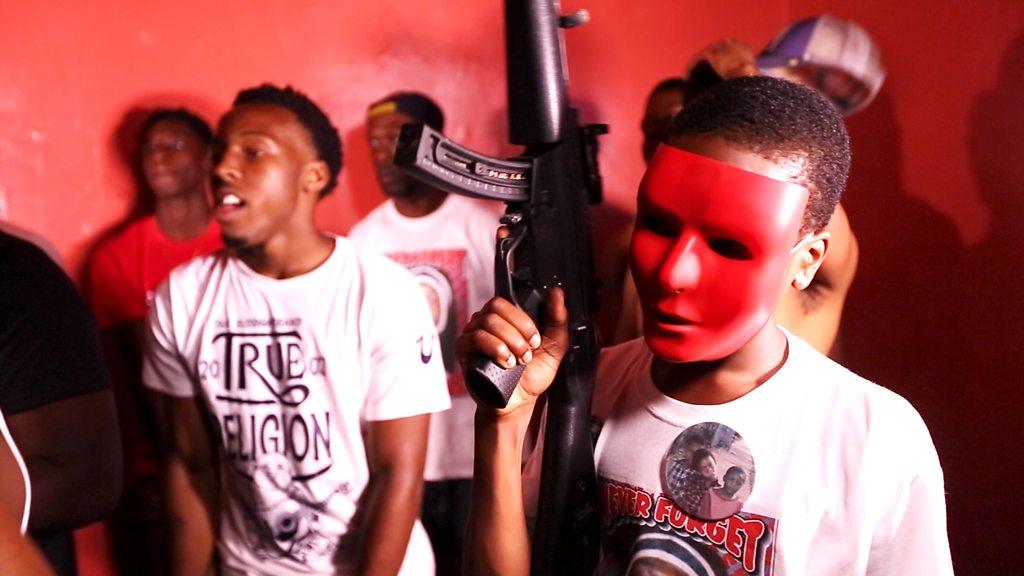
- Published7 September 2016
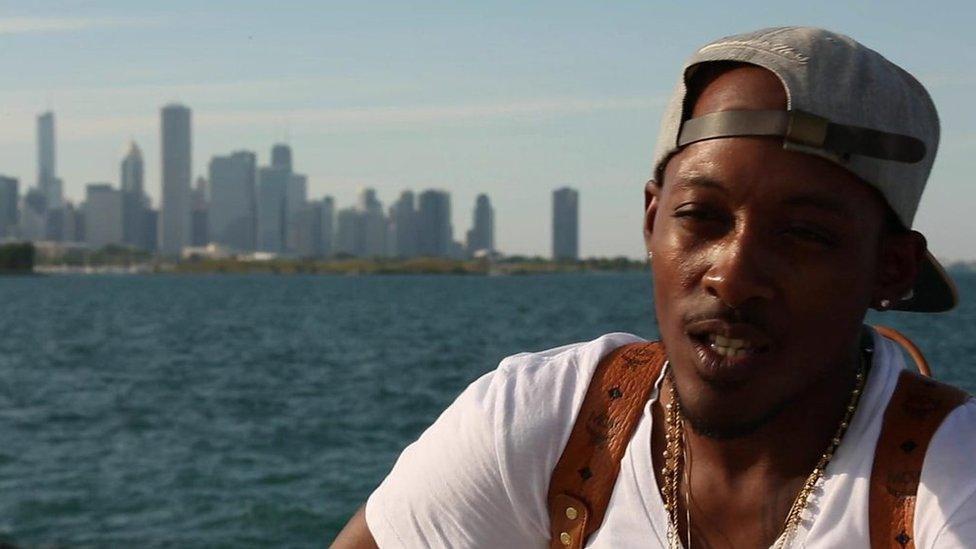
- Published17 December 2024
